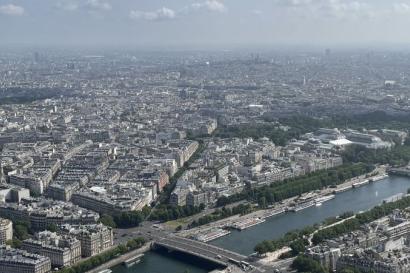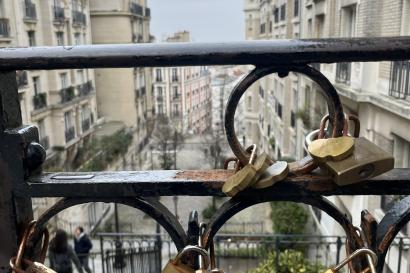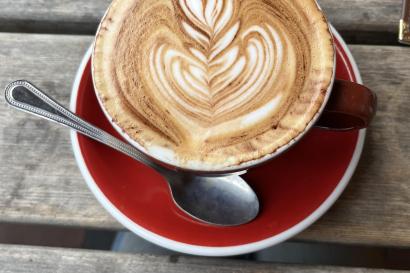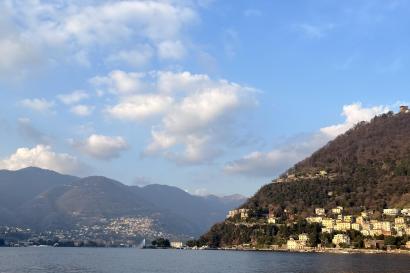Many people who have been to France know about the Château de Versailles, an expansive 17th-century palace just outside of Paris. It is a beautiful place to spend the day and one of my favorite destinations in and around Paris. However, it begs the question: Where did all of the French kings live before Louis XIV commissioned Versailles? Some of them lived in the centrally-located Louvre or the barren Château de Vincennes, but their countryside getaway of choice was the Château de Fontainebleau.
Located 30 miles outside of Paris and with less than one tenth of the annual visitors of Versailles, the Château de Fontainebleau is a magnificent historical site surrounded by gardens and hiking trails. Its architecture represents a collection of two different eras. The original chateau dates to the 16th century when Francois I was the king of France, but many of the rooms were remodeled under Napoleon I at the beginning of the 19th century. Overall, it is elegant, but less ostentatious than Versailles. Even though it is outside the city in a relatively rural area, the chateau is easy to access. I took the Transilien R train from Gare de Lyon and then a bus from the Fontainebleau train station to the chateau entrance. My Navigo pass (the pass used on the Paris subway) worked for the whole trip.
I visited on a weekend, and even then there was no line to enter the chateau. The visit started with a walk through a museum with artifacts from various kings of France. It then continued on to the preserved rooms of the palace, which was my favorite part of the visit. The furniture is largely from Napoleon, but the signs in each of the rooms—posted in both French and English—explain how previous kings used the space in different ways. For example, Napoleon’s bedroom was Louis XIII’s bathroom. Napoleon’s bathroom—fitted with what was modern technology at the time—was a study during an earlier period.
After walking through the palace, I had a charcuterie lunch at a cafe and took a walk around the gardens. Unlike the more uniform Versailles, the gardens at Fontainebleau have multiple sections, each with a different aesthetic. There is the heavily-wooded Jardin Anglais, which resembles a hiking trail dotted with many benches and clearings for having a picnic. Across the carp pond, there is the Grand Parterre, a square-shaped garden resembling a Parisian park. On the other side of the chateau, there is the smaller Jardin de Diane. When I was finished with the gardens, it was time to go back to Paris.
Overall, Fontainebleau was well worth the visit. I learned a great deal about French history, some of which was related to my IES Abroad class on the history of Paris. I particularly liked that the gardens are more natural than Versailles or a park in Paris. The pond has real fish in it and a walk in the Jardin Anglais can make you feel like you’re in the middle of nowhere. Combine that with the nice weather when I visited and the sparse crowds, and I would put the Chateau de Fontainebleau in my top five attractions in and around Paris.
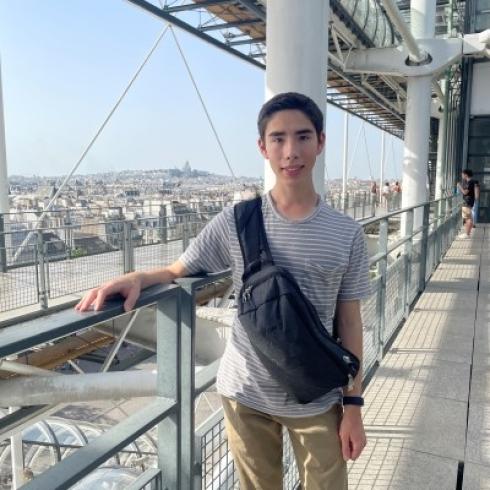
Sam Kornylak
Bonjour! My name is Sam Kornylak and I am from Chapel Hill, North Carolina. I'm currently studying economics (with an environmental science minor) at the University of North Carolina-Chapel Hill. After college, I hope to go into international development, so I obviously love learning about other parts of the world and the people and geography there. This summer, I will study abroad in Paris with IES Abroad, and I am looking forward to sharing that experience with others through the IES blog. I have a passion for writing (I'm a staff writer for The Daily Tar Heel), traveling, reading, and meeting new people, and these are all things I hope to do while I'm in France.

